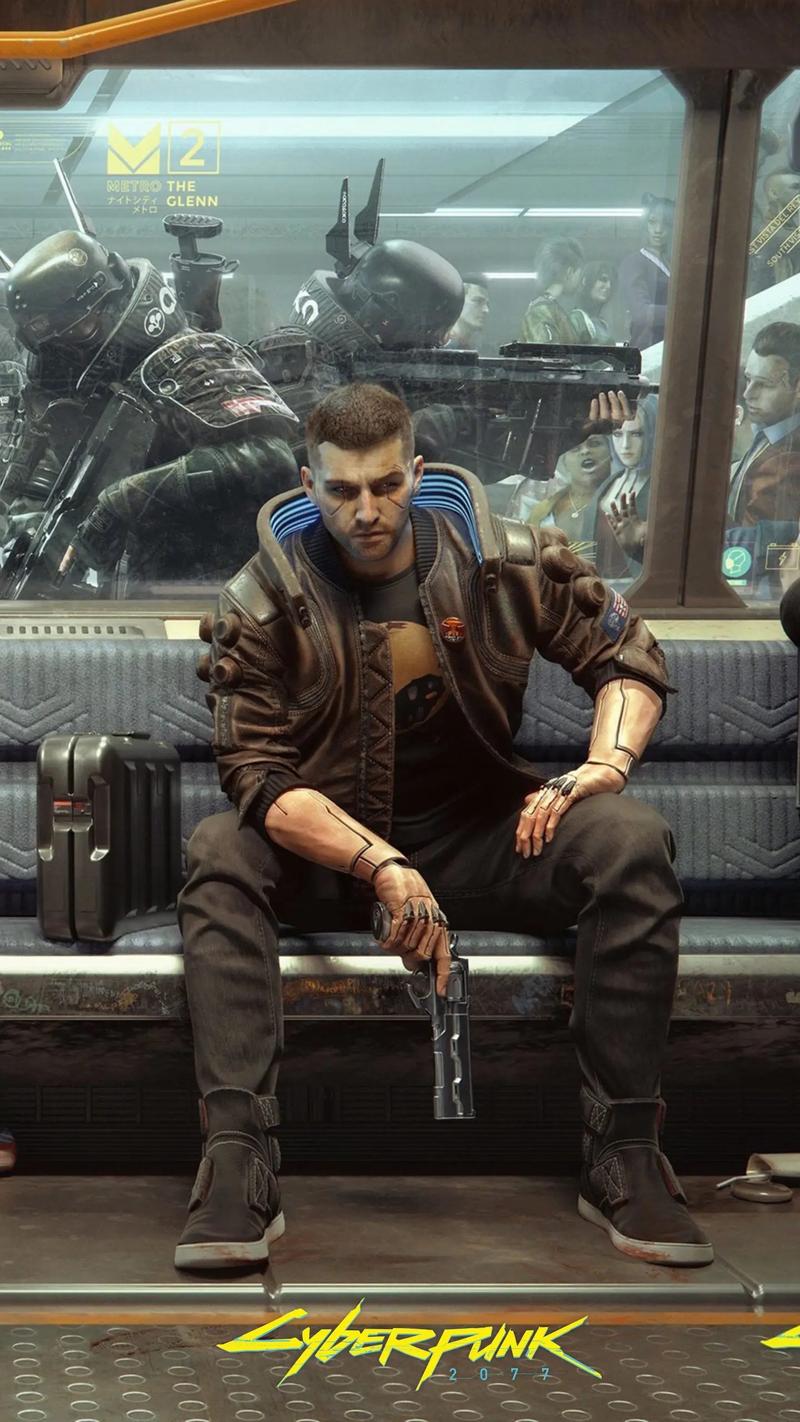Pillars of Eternity II: Deadfire Score: Sequential Improvement
The Pillars of Eternity series, developed by Obsidian Entertainment, has long been celebrated for its deep narrative, intricate world-building, and classic CRPG mechanics. The sequel, Pillars of Eternity II: Deadfire, builds upon its predecessor’s foundation with notable refinements, particularly in its musical score. Composed by Justin E. Bell, the soundtrack of Deadfire exemplifies sequential improvement—enhancing the original’s strengths while introducing fresh elements that elevate the game’s atmosphere and emotional resonance.
1. The Legacy of the First Game’s Score
The original Pillars of Eternity (2015) featured a score that was both haunting and evocative, perfectly complementing the game’s dark, introspective tone. Tracks like "The Maegfolc" and "The White March" established a somber, orchestral identity, blending medieval influences with melancholic melodies. However, some critics noted that while the music was effective, it occasionally lacked variety, relying heavily on repetitive motifs.
Justin E. Bell’s work in Deadfire addresses this critique by expanding the musical palette. The sequel’s setting—a tropical archipelago—demanded a shift in tone, and Bell responded with a score that is more dynamic, culturally diverse, and emotionally layered.
2. Cultural Diversity and Thematic Depth
One of Deadfire’s most significant improvements is its incorporation of regional musical styles. The Deadfire Archipelago is home to various factions, each with distinct cultures, and the soundtrack reflects this diversity.
- Huana Themes: The indigenous Huana people are accompanied by rhythmic percussion, wooden flutes, and choral chants, evoking Polynesian influences. Tracks like "The Sacred Stair" and "Queen’s Berth" immerse players in the archipelago’s vibrant yet perilous beauty.
- Vailian Republics: The colonial Vailians, inspired by Renaissance-era Europe, feature lush string arrangements and baroque harpsichord motifs, as heard in "The Brass Citadel."
- Rauatai: The militaristic Rauatai receive a score dominated by deep brass and marching drums, reinforcing their disciplined, expansionist nature.
This cultural specificity enhances immersion, making the world feel alive and distinct.
3. Dynamic Combat Music
Combat music in Deadfire is another area of marked improvement. While the first game’s battle tracks were serviceable, they often faded into the background. Deadfire introduces more dynamic, high-energy compositions that adapt to the intensity of encounters.
- "Engage the Enemy": A fast-paced, percussion-driven track that escalates during critical moments.
- "Beast of Winter": Features eerie choral chants and dissonant strings, perfectly matching the DLC’s eldritch horrors.
The implementation of adaptive music—where tracks shift seamlessly between exploration and combat—further heightens engagement.
4. Emotional Storytelling Through Leitmotifs
Bell employs leitmotifs (recurring musical themes tied to characters, factions, or ideas) more effectively in Deadfire. The Watcher’s theme, introduced in the first game, evolves to reflect their journey—sometimes triumphant, sometimes sorrowful.
Eothas, the colossal god-like figure central to the plot, has a motif that appears in tracks like "Eothas’ Awakening," blending awe and dread. Companion themes, such as Serafen’s pirate shanty-inspired tune or Maia’s militaristic march, add personality to their arcs.
5. Technical and Compositional Refinements
Beyond thematic improvements, Deadfire’s score benefits from higher production values and more sophisticated orchestration. Live instrumentation, including ethnic percussion and folk instruments, lends authenticity. The mixing is cleaner, ensuring that no single element overwhelms the composition.

Conclusion: A Score That Grows With Its World
Pillars of Eternity II: Deadfire’s soundtrack is a testament to the power of sequential improvement. Justin E. Bell retains the first game’s emotional core while expanding its musical language to suit a richer, more varied setting. The result is a score that not only enhances gameplay but stands as a compelling work of art on its own. Whether through cultural authenticity, dynamic combat tracks, or poignant leitmotifs, Deadfire’s music is an integral part of what makes the game unforgettable.
For fans of CRPGs and game music alike, Deadfire’s soundtrack is a masterclass in how sequels can—and should—build upon their predecessors.















